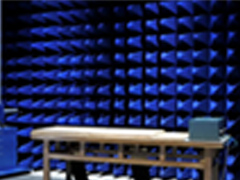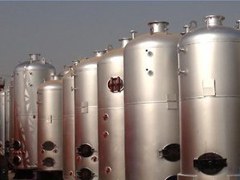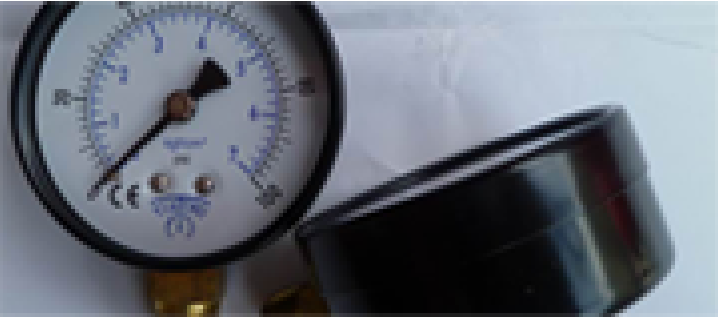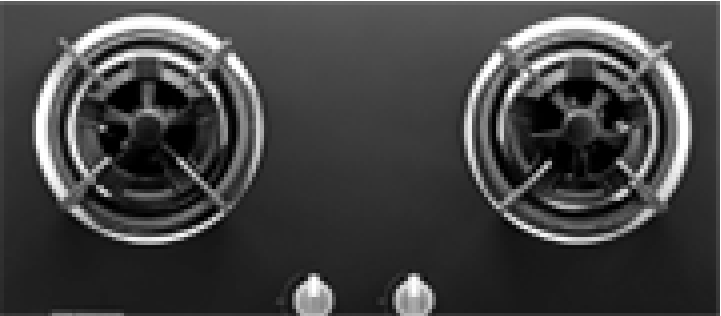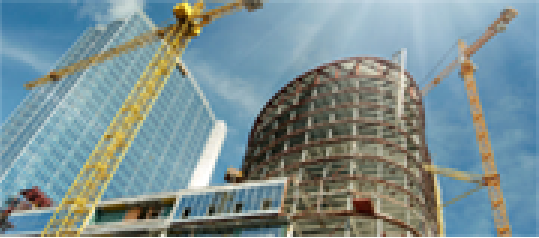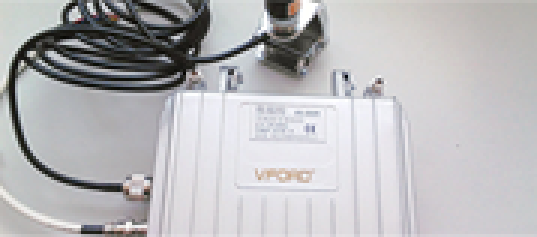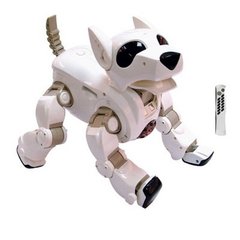What is a Building Directive?
The general Building Directive means: 89/106/EEC (CPD); (a) Other essential requirements to be observed by each EU Member State in order to ensure that buildings and civil works in its territory are not designed and constructed in a way that poses a threat to the safety of persons, livestock (poultry) and property, while maintaining the general welfare; At the same time, it is not only related to the safety of the building, but also related to health, service life, energy conservation, environmental protection, economic factors and other important factors in the public interest.
What is a building product?
Building products ” Means any product that is included in a permanent manner in construction works, including buildings and civil works. Examples of building products: fire detection and fire alarm systems, building hardware, ceramic tiles, building fiberglass, flooring, sanitary ware … …
Basic requirements for building products?
The product must be suitable for use in construction works (as a whole and in separate parts of the works) for its intended use, taking into account economy, and in this regard, the works must meet these requirements in compliance with regulatory conditions containing the following basic requirements. In the case of normal maintenance, these requirements must be met within an economically reasonable service life. This requirement usually relates to predictable actions.
1, Mechanical resistance and stability
Construction works must be designed and constructed in such a way that the loads they may be subjected to during construction and use will not cause the following accidents:
— — Collapse of the whole or part of the works;
— — The deformation is so severe that it is not allowed;
— — The bearing structure is seriously deformed, causing damage to other parts or installations of the project or installed equipment;
— — The damage caused by the accident was out of proportion to the original intention.
2, fire safety
The design and construction of building works must be in case of sudden fire:
— — To maintain the bearing capacity of the structure for a specific period of time;
— — The generation and spread of fire and smoke within the scope of the project is limited;
— — Limiting the spread of fire to adjacent construction projects;
— — To enable persons to escape the works or otherwise be rescued;
— — So that the safety of rescue workers is taken into account.
3. Health, Health and Environment
Building works must be designed and constructed in such a way that they do not pose a threat to the hygiene and health of persons or the neighbourhood within the scope of the works, and in particular that the following situations do not occur:
— — Release toxic gases;
— — Presence of harmful particles or gases in the air;
— — Release harmful radiation;
— — Contamination and poisoning of soil or water;
— — Improper removal of waste water, smoke, waste or liquid waste;
— — Moisture occurs in parts of the works or on their inner surfaces.
4, use safety
The design and construction of the construction project shall not cause unacceptable accident risks such as slippage, fall, collision, burn, electric shock, explosion injury, etc. during operation or use.
5, Noise protection
The construction works must be designed and constructed in such a way that the noise perceived by the people in the works area and nearby residents is kept to a low level, so that their health is not threatened and they can sleep, rest and work in a satisfactory environment.
6, Energy saving and heat preservation
Building projects and their heating, cooling and ventilation installations must be designed and constructed in such a way as to use as little energy as possible, depending on local climatic conditions and human availability.


